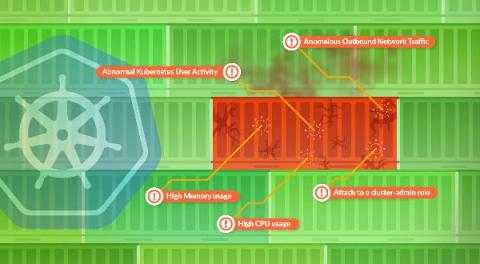Cybersecurity: Research Reveals 79% of Employees Engaged in Risky Behavior
If you are an IT manager looking for information to present to your bosses to emphasize the need for an effective cybersecurity training program, new data from a 2021 research study might be just what you need.










